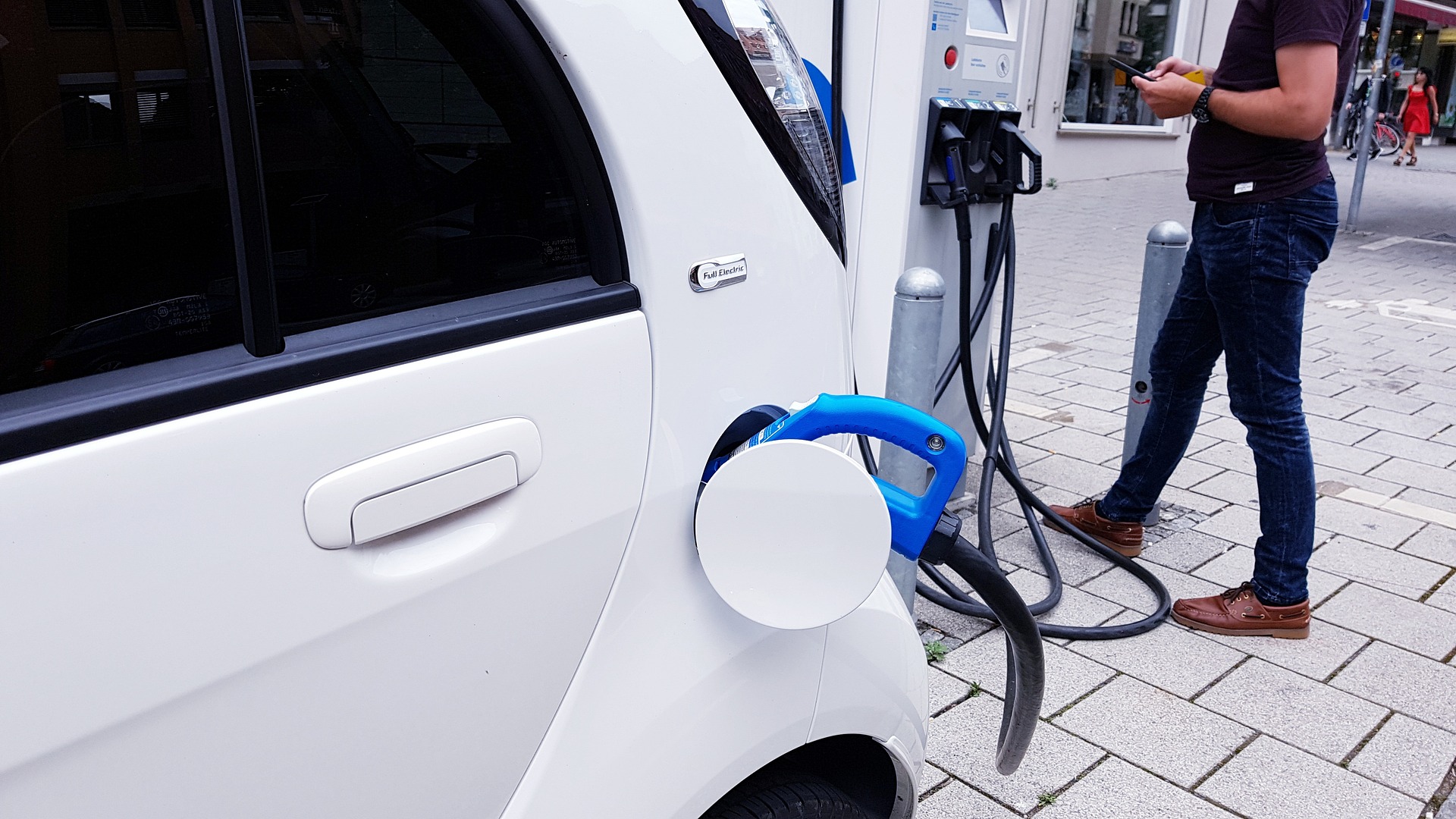Rediscovering the Magic of Hydrogen Power: A New Dawn in Automotive Engineering
Introduction: In the heart of the automotive world, a remarkable transformation is taking place. This is not a shift towards the ubiquitous electric or hybrid engines, but a rediscovery of an old friend: Hydrogen. Has this element, the most abundant in the universe, been overlooked in our quest for sustainable mobility? Let's dive into this captivating topic.

Hydrogen Power: A Historical Perspective
Hydrogen power isn’t an entirely new concept. Since the 1800s, it was known that hydrogen could produce heat and light when combined with oxygen. However, its application in the automotive world took some time. In 1807, François Isaac de Rivaz developed the first internal combustion engine, which was powered by a mixture of hydrogen and oxygen. Despite a promising start, hydrogen power was largely overshadowed by gasoline engines due to the ease of fuel storage and energy density.
The Resurgence of Hydrogen Power
Fast forward to the 21st century, and hydrogen is once again making waves in the automotive industry. With the shift towards sustainable mobility and the need for clean, efficient energy sources, hydrogen fuel cells are being revisited by automakers. Vehicles powered by hydrogen fuel cells emit only water vapor, making them a potentially perfect solution for zero-emission transportation.
The Mechanics of Hydrogen Power
Hydrogen fuel cell vehicles (FCEVs) operate by converting the chemical energy of hydrogen and oxygen into electrical energy. The process is impressively efficient and completely clean. In a hydrogen fuel cell, hydrogen gas (H2) is fed into the anode side while oxygen (O2) is introduced to the cathode side. A catalyst at the anode breaks the hydrogen gas into positively charged ions (protons) and negatively charged electrons, creating electricity.
Current Trends and Developments
Major automakers like Toyota, Hyundai, and Honda are already investing heavily in hydrogen fuel cell technology. Toyota’s Mirai and Hyundai’s Nexo are leading the charge, offering impressive range, quick refueling times, and zero harmful emissions. A growing network of hydrogen refueling stations, particularly in California, is helping to alleviate one of the key challenges of hydrogen power: infrastructure.
The Future of Hydrogen Power: Challenges and Opportunities
While the potential of hydrogen power is immense, there are still significant challenges to overcome. The production of hydrogen is energy-intensive and often relies on natural gas, negating some of the environmental benefits. Infrastructure for hydrogen refueling is sparse, and the cost of hydrogen vehicles remains high.
However, advancements in renewable hydrogen production and fuel cell technology could soon change this landscape. Hydrogen power offers a promising path towards a sustainable automotive future, one where our cars run on the most abundant element in the universe and emit nothing but water. It’s a vision that is both inspiring and attainable, and one that could reshape our relationship with the automobile.
In conclusion, hydrogen power, an old concept with a modern twist, has the potential to revolutionize the automotive industry. Overlooked in the past due to various challenges, it is now being rediscovered and reevaluated. The road ahead is not without obstacles, but the promise of a sustainable, clean, and efficient mode of transportation makes it worth exploring.




